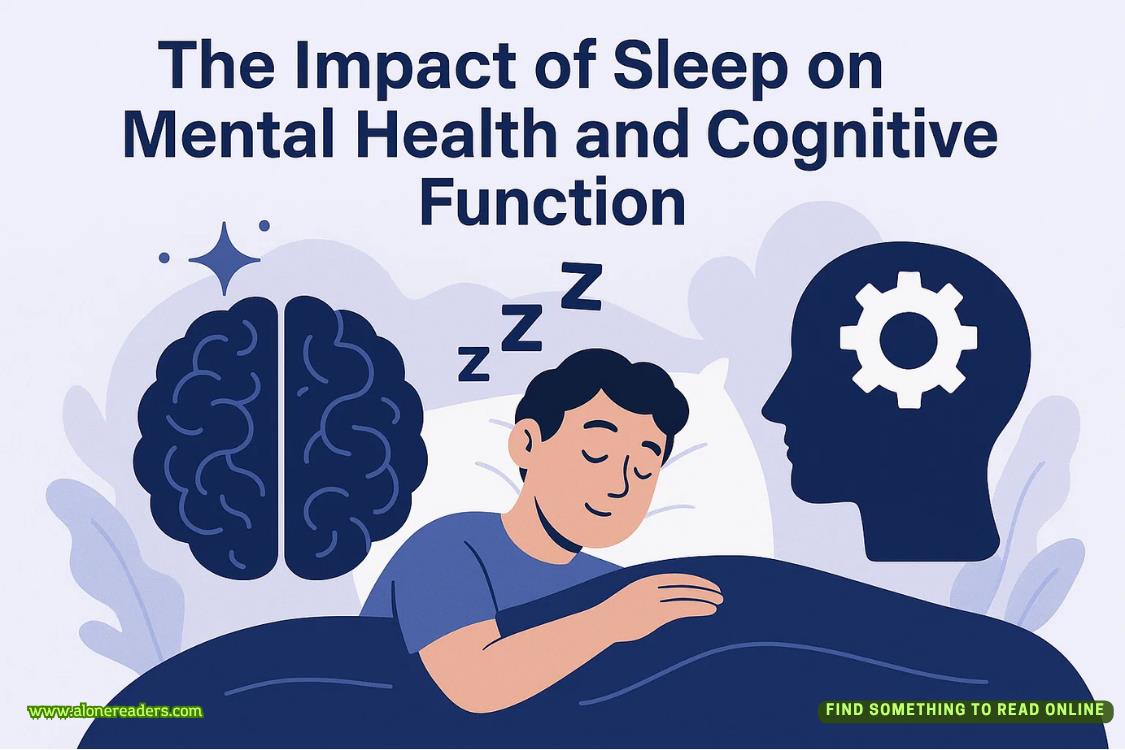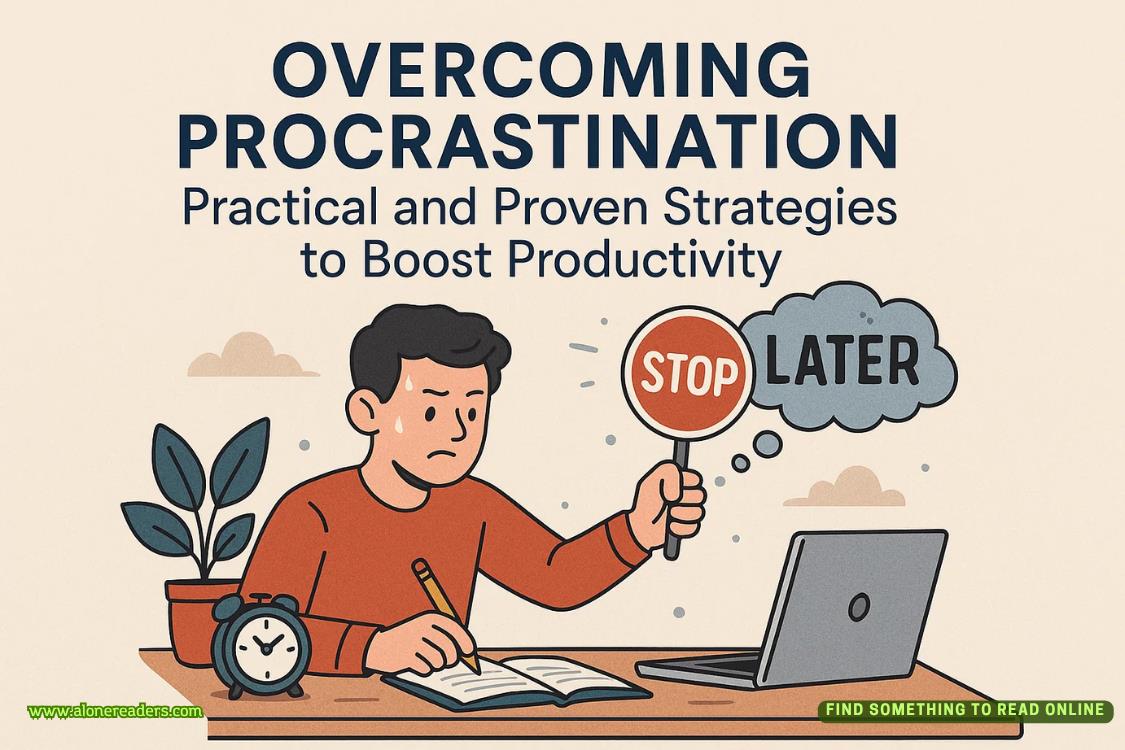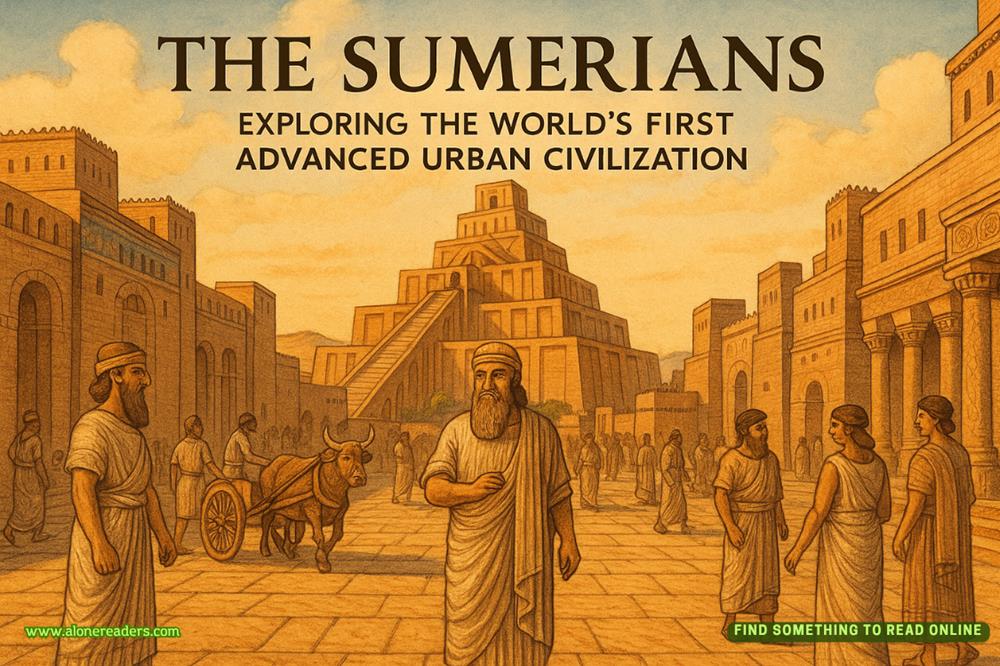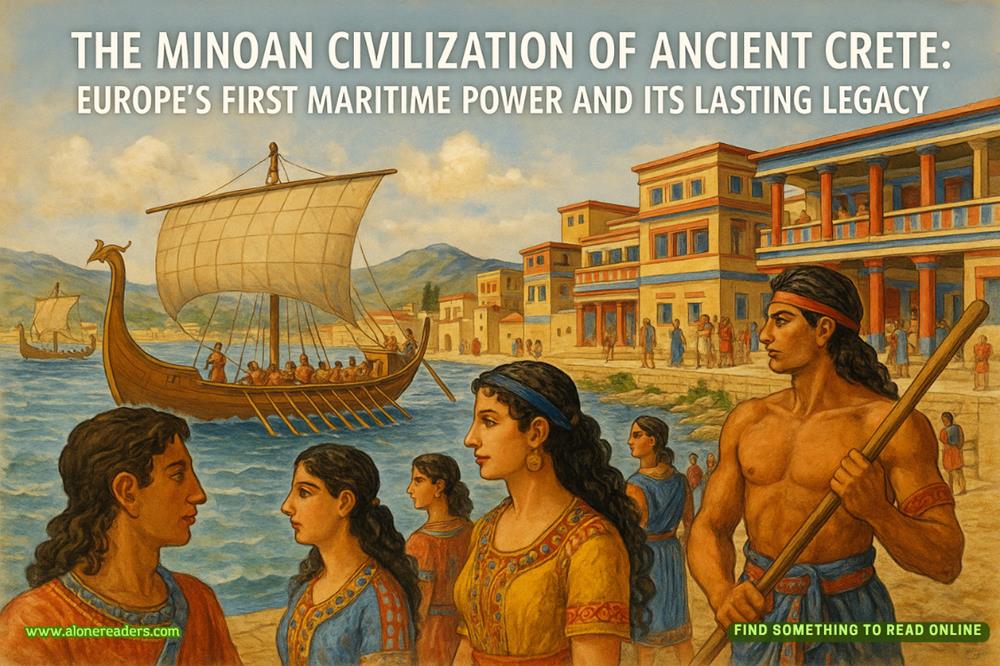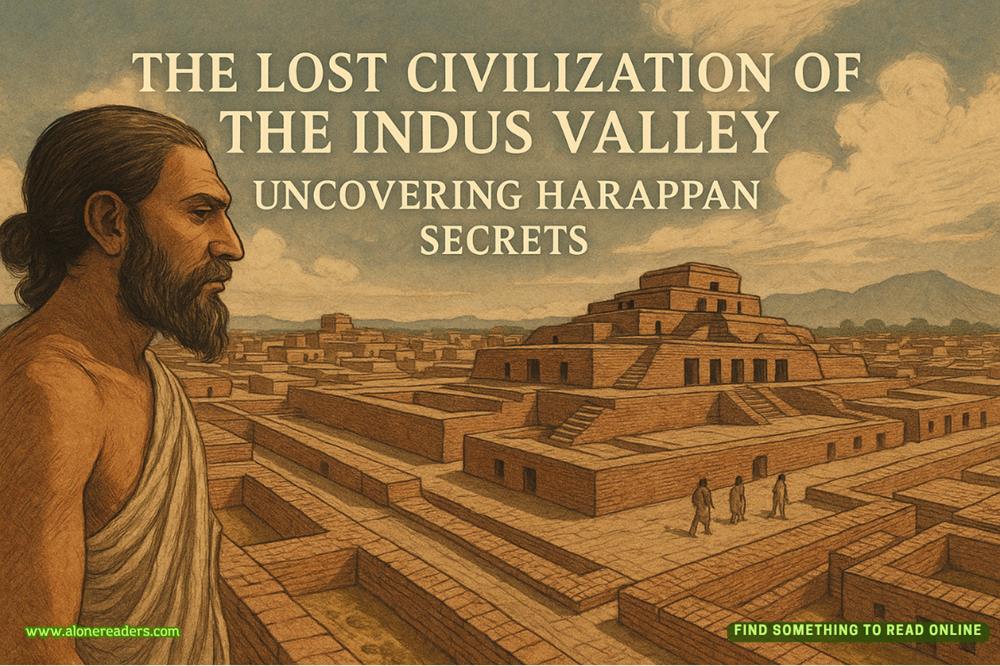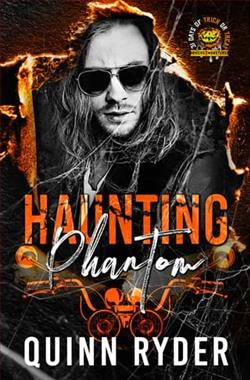Page 23 of The Secret
Reacher helped himself to a cup of coffee and then squeezed his way around to the chair at the corner of the table that gave him a view of the window as well as the door. He placed his bag on the floor and sat down. The woman was on the same side of the table, midway along. She had short blond hair and was wearing a navy suit coat over a crisp white blouse and a tan leather briefcase was set, closed, in front of her. One of the men was opposite her. He also had on a navy suit, but his could have been slept in. His hair looked like it had won a fight with a comb that morning, and probably did every morning. His face was plump. His eyes were bloodshot and his nose was a mesh of fine, cracked veins. The final guy was at the corner diagonally across from Reacher. His eyes were cold and blue and he had neat, tidy hair like a banker or an accountant. He was wearing a sport coat and staring intently out of the window like he thought if he concentrated hard enough, he could physically transport himself out of there.
No one spoke. Two minutes crawled past then footsteps echoed in the corridor. The door opened and a man bustled through. Hewas tall, maybe six foot six, with a long face and neatly combed silver hair. He paused, looked at each person in turn, then took one of the chairs at the head of the table.
He cleared his throat and said, “Let’s get started, shall we? First things first. Introductions. My name is Christopher Baglin, Department of Defense. Let’s go clockwise.”
That meant Reacher was next up. He said, “Jack Reacher. US Army.”
The woman followed. “Amber Smith. FBI.”
The sport coat guy said, “Gary Walsh. Treasury Department.”
The scruffy guy went last. “Kent Neilsen. Central Intelligence Agency.”
Baglin nodded, clasped his hands on the table in front of him, and continued. “Lady, gentlemen, thank you for being here. I say that on behalf of the secretary himself. I know you were summoned at short notice, but believe me, we would not have done that if your mission here was not of the utmost importance. We—and byweI mean the United States of America—have a problem. A serious one. And we need your expertise to solve it.”
Baglin paused, as if he was expecting someone to ask what that problem was.
No one spoke. No one was that naïve, which Reacher found encouraging.
Baglin shifted his hands onto his lap. “By way of background, I need to take you thirty years into the past. Now, as we know, the evils of the Soviet Union have finally been consigned to the garbage can of history, but for decades its empire was a formidable enemy. Back in the 1960s the reds were coming at us from all angles. Nukes, of course. Satellites. Submarines. Sleeper agents. Spies. The list goes on, and at the top was something particularly nasty. Chemical and biological weapons. Newly devised strains and variantsdesigned to kill and blind and incapacitate in the most ghastly ways imaginable. And that’s where Project 192 originated from.”
Again Baglin left an implied question hanging in the air. Again no one took the bait.
Baglin’s hands appeared back on the table. “Before I go on, I must stress two things. First, the secretary insists on complete transparency. He feels that you won’t be able to operate with the utmost effectiveness unless you are armed with all the facts. Nothing will be held back, so secondly nothing you learn in this room can leave this room. Are we clear?”
“Crystal.” “Yes, sir.” “Of course.” “One hundred percent.” Reacher’s and the other three voices overlapped.
Baglin said, “Good. Now, Project 192 was an initiative designed to protect us against these diabolical Soviet weapons. Its purpose was to understand their full effects and develop effective antidotes that could be manufactured rapidly and in huge volumes. This was no mean feat. It required cutting-edge equipment and the latest techniques, and it had to be done in absolute secrecy. The fear was that if the Soviets learned we could counteract their weapons, they would develop new ones, which we may have been unaware of or not immediately able to respond to. So, what happened was that we partnered with the best American industrial research corporations. We built discreet, partitioned facilities within their laboratories. But…”
Baglin paused. Again no one bit.
Baglin said, “But this was done outside the realm of direct governmental control. It was done in close proximity to civilian workers. In some cases in close proximity to significant civilian populations. And more often than not, in other countries. Sometimes very poor countries. Countries that would have struggled to say no to that kind of work being done on their soil. Now, I standbehind these decisions. So does the secretary. It was right for America at the time. But as you know, times change. Attitudes change. We’ve weathered the storm caused by all the reporting on Agent Orange and VX gas since then. Lived through the debacle of the final days of Vietnam. Through Watergate. Through the Contra scandal. Et cetera, et cetera. Our concern is that, particularly with the Soviet Union no longer a threat, people would be less likely to accept the necessity of what we did. If details of the Project became public, it could foster unrest. Our remaining enemies could use the information to embarrass the United States and harm our standing on the world stage.”
Another pause was left unfilled.
Baglin lowered his voice. “Which leads us to the nub of the issue. In the late sixties, a team of seven scientists worked on neutralizing a particular Soviet nerve agent. They were based within a civilian laboratory owned by a company called Mason Chemical Industries. It was located in India. Recently, one of the team fell victim to cancer, and three of the others have died in extremely suspicious circumstances.”
Smith cleared her throat and said, “How suspicious?”
Baglin said, “One was electrocuted. One fell out of a window. One ingested a fatal dose of toad venom.”
Reacher said, “Poison.”
“What was that?”
“If it was ingested, it was poison. Venom is introduced through a bite or a sting.”
“You think that’s the relevant fact, here?”
“It’s accurate. And I think accuracy is always relevant. Especially when lives are on the line.”
Baglin glared at Reacher for a moment, then turned away and said, “Our working hypothesis is that a hostile agent killed thesemen in an attempt to uncover information that could be used against the United States. Three men from the team are still alive. Precautions are being taken to ensure their safety, but the secretary is not satisfied with a passive response. He wants the perpetrator identified and stopped. That’s where you all fit in. The identification of suspects. The army and the CIA because those organizations were jointly responsible for the research operations in the sixties. The FBI in its counterintelligence capacity, in case the initiative is being driven by a foreign country. And the Treasury Department in case we’re off the mark and someone is merely trying to steal industrial secrets. An office has been prepared for each of you, with a phone, fax machine, and stationery supplies. Accommodations are being provided at a local hotel for as long as necessary. Any questions?”
Reacher raised his hand. “Have any ransom demands been received?”
Baglin shook his head. “No.”
“Have any scientists who worked on other bioweapon programs been targeted?”
